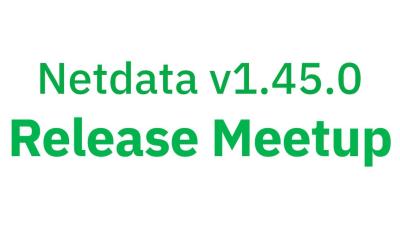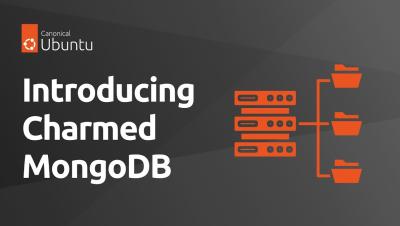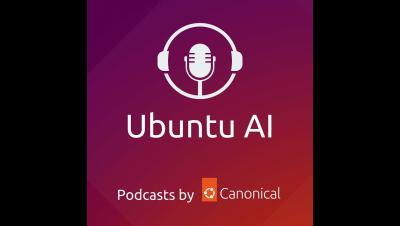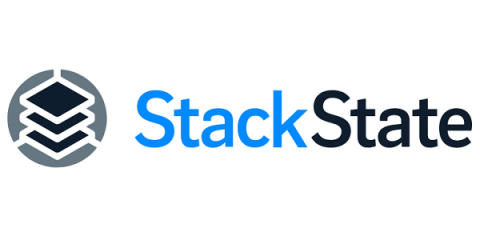The 5 Best FinOps Services Companies In 2024
We get it. FinOps can be challenging to understand, implement, and optimize, whether you’ve done it before or are just getting started. Everybody needs help from time to time. If this describes you right now, then check out the following FinOps services companies to get started. But first, a quick background.











